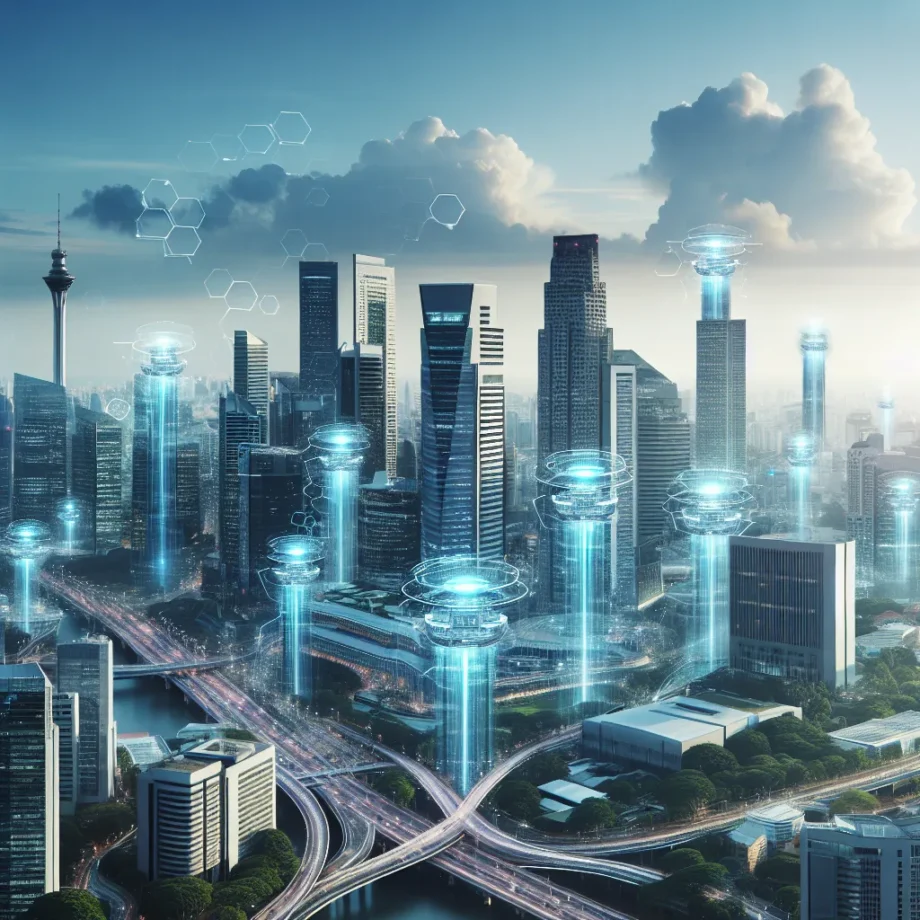Advancements in Nanotechnology for Air Purification in Cities
Advancements in nanotechnology have opened up new possibilities for air purification in urban environments. Nanomaterials such as titanium dioxide and carbon nanotubes have shown great potential in capturing and degrading air pollutants at the molecular level. These nanomaterials can be integrated into various air purification technologies, offering efficient and cost-effective solutions for improving urban air quality.
Titanium dioxide nanoparticles, for example, have photocatalytic properties that enable them to break down harmful pollutants when exposed to light, such as nitrogen oxides and volatile organic compounds. This technology can be incorporated into building materials or urban infrastructure to reduce air pollution on a large scale. Similarly, carbon nanotubes have been utilized for their high surface area and adsorption capabilities, effectively capturing fine particulate matter and toxic gases from the air.
Furthermore, the development of nanofiber filters has revolutionized air purification systems, allowing for higher air flow rates and superior particle removal efficiency compared to traditional filters. These nanofiber-based filters can be installed in ventilation systems or air purifiers to trap a wide range of air pollutants, providing clean and healthy indoor air for urban dwellers.
As urbanization continues to expand, the integration of nanotechnology into air purification systems holds great promise for mitigating the negative effects of air pollution in cities. Research and innovation in this field are driving the development of next-generation air purification technologies that are essential for creating sustainable and livable urban environments.
The Role of AI and Machine Learning in Urban Air Quality Improvement
Innovative technologies are revolutionizing the way urban environments tackle air pollution, with artificial intelligence (AI) and machine learning playing a pivotal role in improving urban air quality. The integration of AI and machine learning in air purification systems has enabled real-time monitoring of air pollutants and the development of more efficient and targeted solutions.
AI algorithms analyze large volumes of air quality data to identify pollution hotspots, predict air pollution levels, and optimize the performance of air purification systems. This proactive approach allows for the timely implementation of measures to mitigate air pollution, ultimately contributing to a healthier urban environment.
Machine learning complements AI by continuously improving air purification processes based on data patterns and feedback, leading to more effective and sustainable air quality management solutions.
These advancements in AI and machine learning empower urban areas to make data-driven decisions and adapt their air quality improvement strategies in response to evolving environmental conditions. By harnessing the potential of these technologies, cities can proactively address the challenges of urban air pollution, creating cleaner and healthier environments for their inhabitants.
Sustainable Solutions: Harnessing Renewable Energy for Urban Air Purification
In urban environments, air pollution has become a pressing issue, leading to a spike in respiratory illnesses and posing serious environmental challenges. As the world strives to find sustainable solutions to tackle this problem, innovative technologies are being developed to harness renewable energy for urban air purification.
One promising approach involves the use of solar-powered air purification systems. These systems utilize photovoltaic panels to harness solar energy, which in turn powers air purification technologies such as photocatalytic oxidation and electrostatic precipitation. By relying on renewable solar energy, these systems operate with minimal carbon footprint, making them an environmentally friendly alternative to traditional air purification methods.
Furthermore, advancements in wind-powered air purification technologies are also gaining traction in urban areas. Wind turbines integrated with air purification systems can harness the kinetic energy of wind to drive air filtration processes. This approach offers a sustainable solution for urban air purification, leveraging the power of wind energy to combat air pollution in a cost-effective and environmentally friendly manner.
In addition to solar and wind energy, the integration of biomass-based energy sources for urban air purification is also being explored. Biomass power plants can generate electricity and heat by burning organic materials, and the byproduct of this process can be utilized to power air purification systems. By utilizing renewable biomass energy, urban centers can effectively address air quality concerns while reducing their reliance on non-renewable energy sources.
In conclusion, the integration of renewable energy sources for urban air purification represents a significant step towards achieving sustainable solutions for combating air pollution. By harnessing solar, wind, and biomass energy, innovative technologies are paving the way for cleaner and healthier urban environments.
As the world strives to find sustainable solutions to tackle air pollution in urban environments, innovative technologies are being developed to harness renewable energy for urban air purification. One promising approach involves the use of solar-powered air purification systems, utilizing photovoltaic panels to harness solar energy, powering air purification technologies such as photocatalytic oxidation and electrostatic precipitation.
